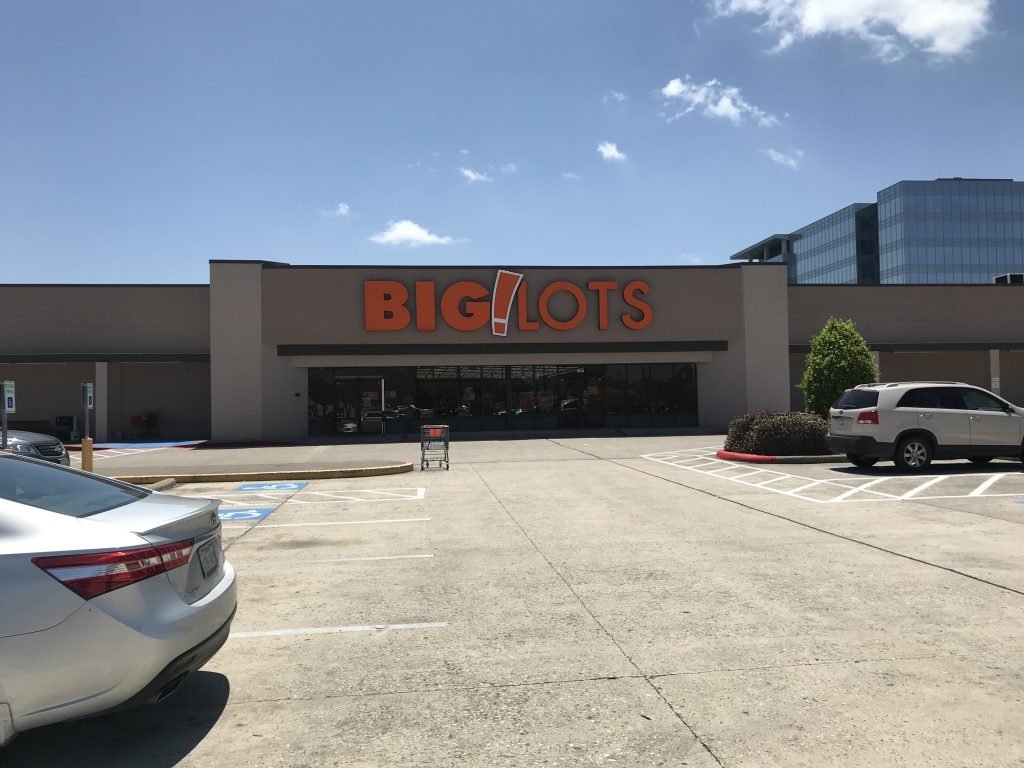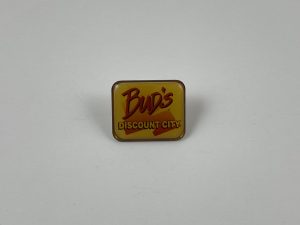James Lawrence “Bud” Walton is the younger brother of retail pioneer Sam Walton, founder of, among other things, Wal-Mart. In 1990, when unveiling a new concept, Bud had the honor of introducing a new line of stores to be named after himself, just as his brother had done with Sam’s Club a few years earlier. Like other retail concepts introduced by Wal-Mart, this new store wouldn’t be an entirely brand-new idea but instead an “interpretation” of an existing concept. Like Sam’s Club, it would also be woven into the Wal-Mart ecosystem. The new concept would attempt to solve the issue of an ever-increasing flow of returns and scratch-and-dent merchandise. At the time, Wal-Mart featured a 100% Satisfaction guarantee, which meant if you got home and just felt like you didn’t like the look of the new lamp you’d just bought, Wal-Mart would give you all your money back without needing an explanation. While the idea of a customer return and a satisfaction guarantee was nothing new, the scale on which Wal-Mart operated meant they had a huge amount of open-box merchandise taking up space in their ever-expanding stores. Thus, Bud’s Warehouse Outlet was born! While the store would start with this name, it would change to “Bud’s Discount City” at a later point.

While returns and overstock were presented to the public, Bud’s was solving two issues, the other having to do with the expansion of Wal-Mart stores. As the company expanded, it primarily chose to build new Super Center locations as opposed to expanding existing stores. This left large empty husks in communities where local stores had mostly been run out of business by the now-vacant Wal-Mart. While the company did try to lease out its stores, it often had non-compete clauses that prevented other discount department stores from moving in, leaving few options for the buildings. This obviously upset many communities, and Bud’s was seen as a way to help ease the tension Wal-Mart knew it was creating, especially in smaller towns. Bud’s would provide a “best of both worlds” situation, and smaller towns would gain a “new” store and not have to deal with the eyesore of empty buildings. These stores would also net jobs for the community, as when a new Wal-Mart opened, the crew working at the old one generally transferred over. On the other hand, Bud’s would mostly hire new employees to staff these stores, although positions like management often had some experience with Wal-Mart. The stores carried various returned and scratch-and-dent Wal-Mart merchandise along with a regularly revolving set of items that were overstocked or out of season. The locations also featured a more extensive selection of groceries than a typical Wal-Mart, although I believe this to be limited to Pantry and some Frozen items.
Some locations were tailored to fit their local community, such as the Owasso, OK store, which added a small engine repair shop with two certified technicians in the former auto shop. The test concept would provide repair services for the town and begin refurbing customers who returned Wal-Mart equipment to sell. The stores were a hit with the community, but there was a lurking problem within Bud’s business model. The product selection at a Bud’s Warehouse Outlet or Bud’s Discount City (need to get both in side by side for Google) was highly similar to Wal-Mart. Products you could find at Bud’s would be clothing, cleaning supplies, furniture, some basic HBA and scratch-and-dent small appliances, and electronics. Everything beyond this was a product return, and the selection would vary wildly. The concept was if things didn’t sell the first time around, given a deep enough discount, they would eventually move. The concept had worked for chains like Big Lots, so why couldn’t Wal-Mart join in on the idea? The plan may have worked with enough time and volume, but Wal-Mart would have to lose money to sell the products cheaply enough to Bud’s for them to make a profit. By about 1995, Bud’s hit their peak at around 60 stores. Most of these locations were in smaller Communities throughout the South and South East. A significant disadvantage was the overhead of running a secondary chain, which, while much less than Wal-Mart, was still significant. In 1997 Wal-Mart announced plans to close most of its Bud’s Discount City locations.

During Bud’s short run of seven years, the Houston area got a respectable six locations. Compared to other metropolitan areas, this was a bit on the higher side, as Bud’s was meant for smaller towns. As such, our Bud’s were all in smaller locations. The first store located in Dickinson actually had two homes, starting briefly in the old Woolco, which Wal-Mart still held a lease on, prior to moving into the by-then vacated Wal-Mart. This store was unique as it was brought to town seemingly by customer request. The Woodland’s store, on the other hand, did not get as much attention but was known to be a “good sport” in the community, hosting charity events in their parking lot. In this case, The Woodlands likely used Bud’s as a bargaining chip for the new store. The next store, Missouri City, would serve a brief life of only about a year before the building being given to the local government, which is how Wal-Mart got out of a Bud’s in Rosenberg. The final locations to open would be Tomball and Porter. Each store would again likely result from a deal needing to be reached without leaving the space vacant. Eventually, though, as other tenants inquired about the properties, Bud’s would leave these stores too. By the 1997 closure announcement, no stores remained in the Houston area.
Location List
Store No | Address | Notes |
|---|---|---|
| #4011 | 3401 Palmer Highway, Texas City, TX 77590 | 1991-1992 Built as a Woolco, had been a Wal-Mart which moved across 45, later a Venture, then Kmart |
| #4011 | 3820 Gulf Fwy S, Dickinson, TX 77539 | 1992-1996 Moved from Texas City after petition from Mayor of Dickinson, Demolished 2018 |
| #4058 | 425 Sawdust Rd The Woodlands, TX 77380 | 1992-1995 Now subdivided, mostly Big Lots |
| #4060 | 1555 Independence Blvd, Missouri City, TX 77489 | 1992-1993 Closed when property given to county for new school |
| #4098 | 27706 Tomball Pkwy Tomball, TX 77375 | 1993-1996 Now a Hobby Lobby |
| #4106 | 23741 US-59, Porter, TX 77365 | 1994-1996 Subdivided Tractor Supply, and Cici's |
